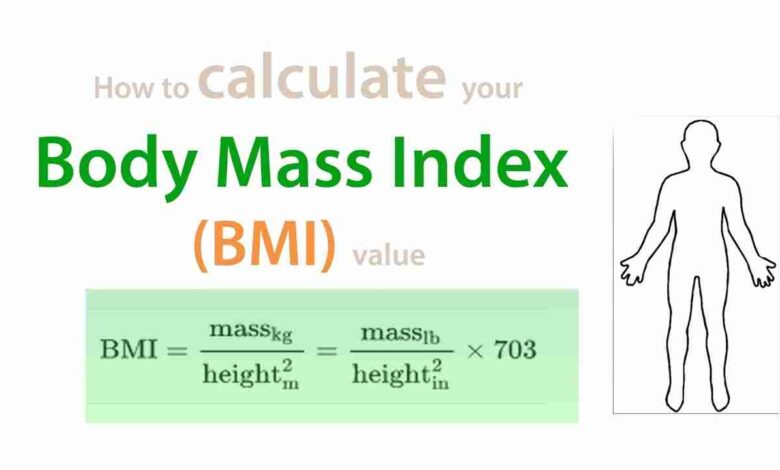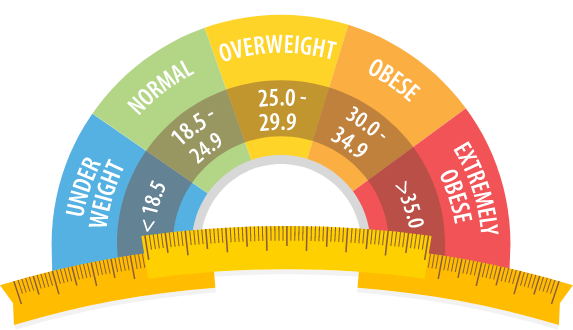The term “BMI” stands for “Body Mass Index.” It is a widely utilized mathematical formula that serves as a valuable tool in assessing an individual’s body weight relative to their height. This index provides a quantified measure that helps healthcare professionals and individuals alike understand the implications of one’s weight on overall health and well-being.
The Body Mass Index is derived by dividing a person’s weight in kilograms by the square of their height in meters. The resulting value is expressed as a numerical figure, and this figure is then categorized into various ranges to determine whether a person falls within an underweight, healthy weight, overweight, or obese classification.
Introduction to BMI

Obesity is defined as having a BMI of 30 or bigger, which has been linked to a higher risk of serious medical conditions like coronary artery disease, stroke, type 2 diabetes, and several forms of cancer.Note that the BMI is not a perfect measure of body fatness. Since it ignores muscle mass,
BMI can underestimate body fat in individuals who are muscular. Additionally, among those who are short and have a lot of body fat, BMI may underestimate body fat.
Due to these factors, BMI ought to only be used as an assessment instrument. You should discuss your weight and health concerns with your doctor if your BMI falls within the overweight or obese category.
BMI and health risks
Although BMI is a good indicator of obesity and overweight, it is not an exact measure of health risk. People who have a BMI of 30 or greater are more likely to develop certain chronic conditions, such as:
- Heart disease
- Stroke
- Type 2 diabetes
- Certain types of cancer
- Gallbladder disease
- Sleep apnea
- Osteoarthritis
- Fatty liver disease
- Kidney disease
- Pregnancy complications

BMI and body composition
Body composition is an assessment of each component of the body, comprising water, fat, muscle, and bone. Although measuring body composition is more costly and time-consuming than measuring body mass index (BMI), it is more accurate for identifying health hazards.
Using BMI to track weight loss

Here are some tips for using BMI to track weight loss:
- Start by calculating your BMI. You can do this online or by using a BMI calculator.
- Weigh yourself regularly, at least once a week.
- Track your BMI and weight loss progress in a journal or on a spreadsheet.
- Make sure to take your measurements under consistent conditions, such as at the same time of day and wearing the same type of clothing.
- Be patient. It takes time to lose weight and see results.
- Don’t get discouraged if you have a setback. Just pick yourself up and keep going.
Conclusion
FAQs
- Underweight: BMI < 18.5
- Healthy weight: BMI 18.5-24.9
- Overweight: BMI 25-29.9
- Obese: BMI 30-34.9
- Severely obese: BMI > 35



















